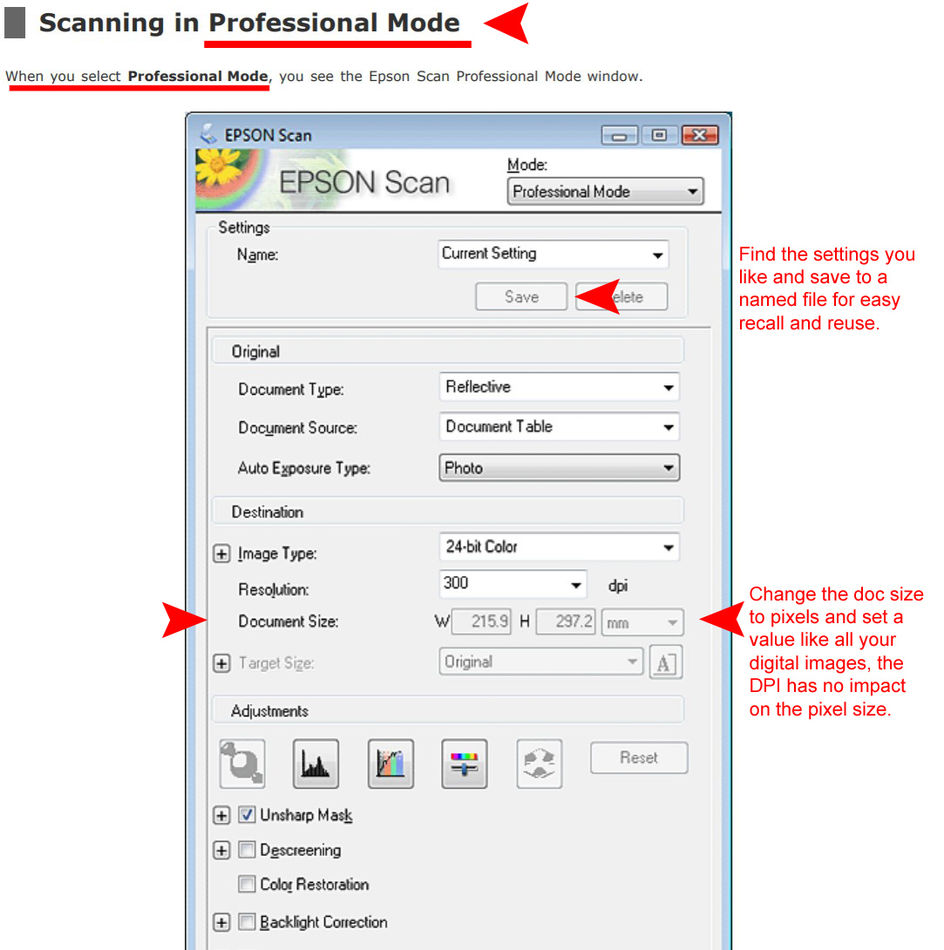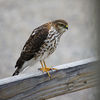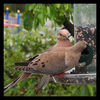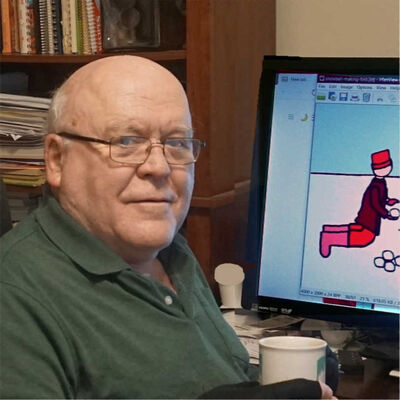Scanning
Jan 7, 2022 13:35:34 #
Ed Chu
Loc: Las Vegas NV
initially, years ago, scanned about 35,000 35mm ( color and b&w ) negs on an Epson V700; negs curled, really didn't know what I was doing.
time has marched on, I have lots of time; have purchased an Epson V850 - any advice would be helpful
1. how to uncurl 35mm negs ( doesn't seem to be possible, no answers on Google, no respones from a previous UHH query
2. Correct settings, unless default is ok; problem is, when I look at the negs on my pc, they "pixelate" once you start to enlarge the image
time has marched on, I have lots of time; have purchased an Epson V850 - any advice would be helpful
1. how to uncurl 35mm negs ( doesn't seem to be possible, no answers on Google, no respones from a previous UHH query
2. Correct settings, unless default is ok; problem is, when I look at the negs on my pc, they "pixelate" once you start to enlarge the image
Jan 7, 2022 14:05:28 #
Use a THIN piece of CLEAN glass and flatten the negative between it and the scanner bed.
Jan 7, 2022 14:07:30 #
Ed Chu wrote:
...problem is, when I look at the negs on my pc, they "pixelate" once you start to enlarge the image
If they pixelate, you need to set the scanner to a higher resolution, (dpi).
Jan 7, 2022 14:08:20 #
Didn't your new Epson come with a plastic guide for 4x to 6x35mm negatives at a time in scanning? Try a large book to unspool and 'press' the negatives flat, say for a week, or until you get them flat enough to easily place into the plastic guide.
Here are settings that worked great for my Epson v600. Increase the pixel resolution, as desired. Mine returned 10MP (3888x2592). Increase to say 6000x4000 for 24MP, assuming this doesn't make the time to scan too long and / or other problematic impacts.
https://www.uglyhedgehog.com/t-689142-1.html
BTW - the DPI setting has zero to do with the resulting JPEG. Just ignore that field (or set any random value). The JPEG, like all pixel-based image files, has only a pixel resolution, like digital sensors. Focus your attention on the pixel settings for the relevant parameters.
Here are settings that worked great for my Epson v600. Increase the pixel resolution, as desired. Mine returned 10MP (3888x2592). Increase to say 6000x4000 for 24MP, assuming this doesn't make the time to scan too long and / or other problematic impacts.
https://www.uglyhedgehog.com/t-689142-1.html
BTW - the DPI setting has zero to do with the resulting JPEG. Just ignore that field (or set any random value). The JPEG, like all pixel-based image files, has only a pixel resolution, like digital sensors. Focus your attention on the pixel settings for the relevant parameters.
Jan 7, 2022 14:20:37 #
Jan 7, 2022 14:22:46 #
CHG_CANON wrote:
...BTW - the DPI setting has zero to do with the resulting JPEG. Just ignore that field (or set any random value). The JPEG, like all pixel-based image files, has only a pixel resolution, like digital sensors. Focus your attention on the pixel settings for the relevant parameters.
Actually, on my scanner, this (dpi) is how they describe the resolution of the resulting jpg even though the term is meaningless if no print size is specified.
Jan 7, 2022 14:24:12 #
I've encountered the same problem and put the curled film in plastic slide mounts. The mounts are the same thickness as the film holders that came with the scanner.
Jan 7, 2022 14:52:23 #
PHRubin wrote:
Actually, on my scanner, this (dpi) is how they describe the resolution of the resulting jpg even though the term is meaningless if no print size is specified.
When you look at the file attributes of your scanned images, what is the resulting pixel resolution of the image files? (assuming you output to JPEG or TIFF)
If using an Epson model, change to the Pro-mode, here's a screen print from their PDF user manual that matches up with my description linked above.

Jan 7, 2022 15:08:06 #
Ed Chu wrote:
initially, years ago, scanned about 35,000 35mm ( ... (show quote)
You could try this on an old negative strip that you don't want to keep. I read that you can iron negatives flat. You put them on the ironing board with a piece of cotton cloth on top. Then you use steam while ironing evenly and steadily to avoid burning the film. But, as I said. Don't do this before trying it out on an unimportant negative.
Jan 7, 2022 15:50:51 #
Jan 7, 2022 16:31:56 #
DebAnn wrote:
You could try this on an old negative strip that you don't want to keep. I read that you can iron negatives flat. You put them on the ironing board with a piece of cotton cloth on top. Then you use steam while ironing evenly and steadily to avoid burning the film. But, as I said. Don't do this before trying it out on an unimportant negative.
Don't use steam!
Better yet, press the film with a book, like you do dried flowers, and leave it for a week.
Jan 8, 2022 09:59:50 #
Najataagihe wrote:
Use a THIN piece of CLEAN glass and flatten the negative between it and the scanner bed.
Exactly! I visited a frame shop, told them what I needed the glass for, and they gave me a piece of glass that was intended for the garbage, too small for any frame work they had to do. It was a good quality no-glare glass.
At home I covered all four edges with packing tape, the kind that looks like it could be thin plastic and has "silk" threads running lengthwise through this tape. On each of the corners I left an extra inch or so of the packing tape, simply folded it with sticky sides together, to have "handles" to easily place the glass on top the negatives on the scanner, and to equally easily lift it off again, without fear of putting fingerprints where I didn't want or need them!
Jan 8, 2022 13:42:19 #
I use a V860 Pro and, even if the negatives are curled, the holders will flatten them against the glass portion of the holder. No problem.
Check your scanning resolution if you are seeing pixelation.
--Bob
Check your scanning resolution if you are seeing pixelation.
--Bob
Ed Chu wrote:
initially, years ago, scanned about 35,000 35mm ( ... (show quote)
Jan 8, 2022 13:56:40 #
CHG_CANON wrote:
BTW - the DPI setting has zero to do with the resulting JPEG. Just ignore that field (or set any random value). The JPEG, like all pixel-based image files, has only a pixel resolution, like digital sensors. Focus your attention on the pixel settings for the relevant parameters.
I do not have an Epson scanner, but on my HP scanner, the dpi refers to how it will scan the slides. So, it is very important to set it fairly high, but too high can be useless because one has to reduce the number of pixels in the image in order to have a higher quality of output. --Richard
Jan 8, 2022 13:57:53 #
profbowman wrote:
I do not have an Epson scanner, but on my HP scanner, the dpi refers to how it will scan the slides. So, it is very important to set it fairly high, but too high can be useless because one has to reduce the number of pixels in the image in order to have a higher quality of output. --Richard
What is the resulting pixel resolution of the files? That is the relevant measure of success in creating a digital image file.
If you want to reply, then register here. Registration is free and your account is created instantly, so you can post right away.







